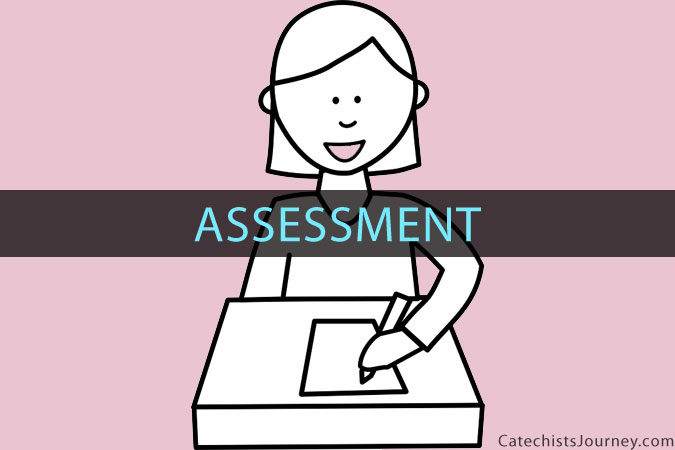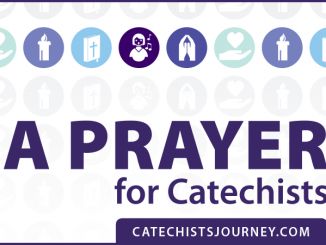
Authentic assessment is exactly what the name implies: it is genuine and real. Authentic assessment is performance-based: learners put into action what they’ve been learning. Beyond being able to speak or write about what it means to be a disciple of Jesus, learners must have opportunities to live out the call to discipleship.
- Service Experiences—Provide suggestions for specific ways that your learners can put their faith into practice serving others, either individually or as a group.
- Participant Portfolios—A portfolio is a collection of a learner’s work over time. Portfolios are a means for allowing learners to see growth and progress over time, and they allow catechists to gain insight into learners’ effort, progress, achievement and thought-processes, as well as their strengths and needs. One of the advantages of using portfolios is that learners are actively engaged in their own ongoing assessment. However, catechists need to help learners identify portfolio-worthy assignments (see below). File folders or binders can be used as portfolios because it is easy for learners to add or take work out of them over time. Learners should have easy access to their portfolios and should be encouraged to interact with their portfolios often.
Here are some suggestions for portfolio-worthy assignments that might be included in a catechetical portfolio.
- Written reflections on Scripture passages
- Prayers composed by the participant
- Traditional prayers taken to heart (memorized)
- Tear-out pages from their student text showing work completed
- Formal assessments taken (tests and quizzes)
- Written reflections on faith-building experiences (retreats, service experiences, worship or prayer experiences, etc.)
- Projects such as drawings of Scripture stories or saints, designs for a parish bulletin, a version of a contemporary parable, a collage of pictures showing Catholic social teaching themes in action, a Lenten calendar showing Lenten promises, a homemade rosary, or research on a saint
- “Faith Surveys” where learners assess the extent of their participation in Catholic practices (This is something that could be done at the beginning and end of a year or at the end of each year a participant is in a catechetical program.)
Read other posts in this series.
Assessment in Catechesis: Introduction
Assessment in Catechesis: Formal Assessment
Assessment in Catechesis: Informal Assessment




Be the first to comment